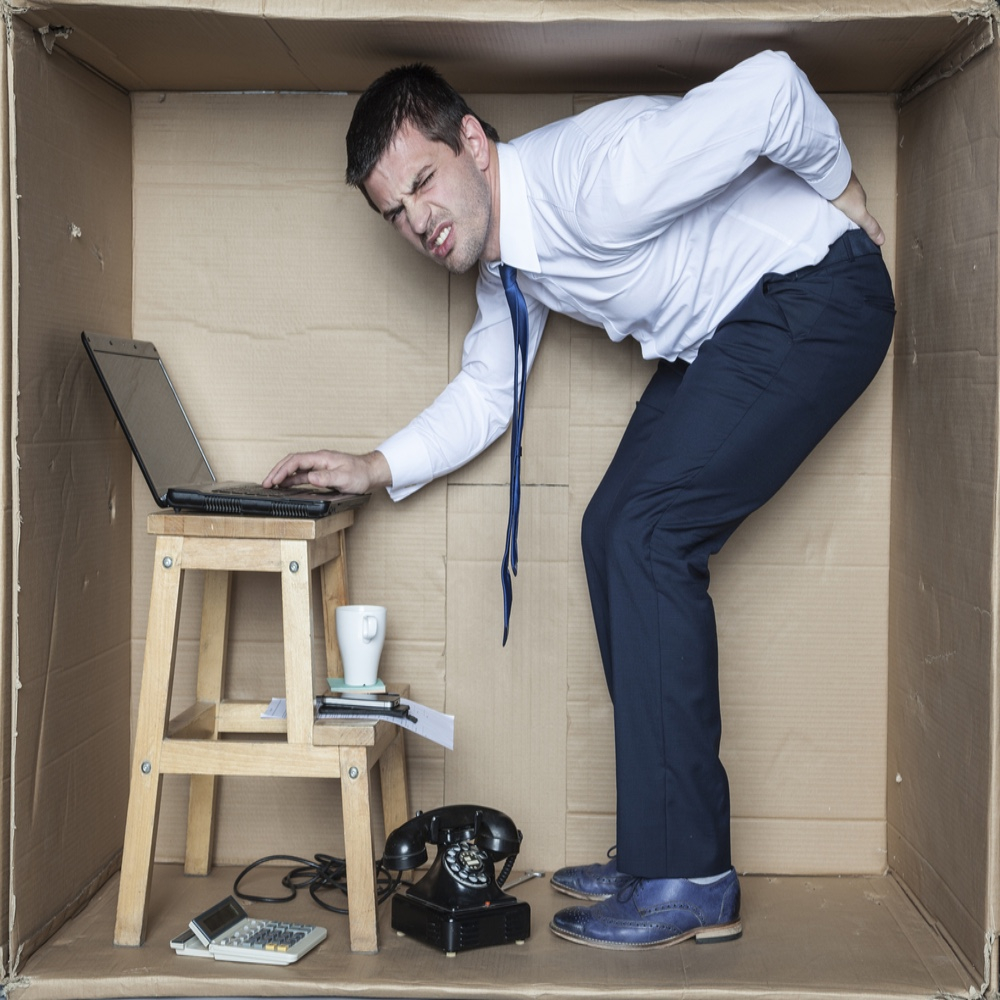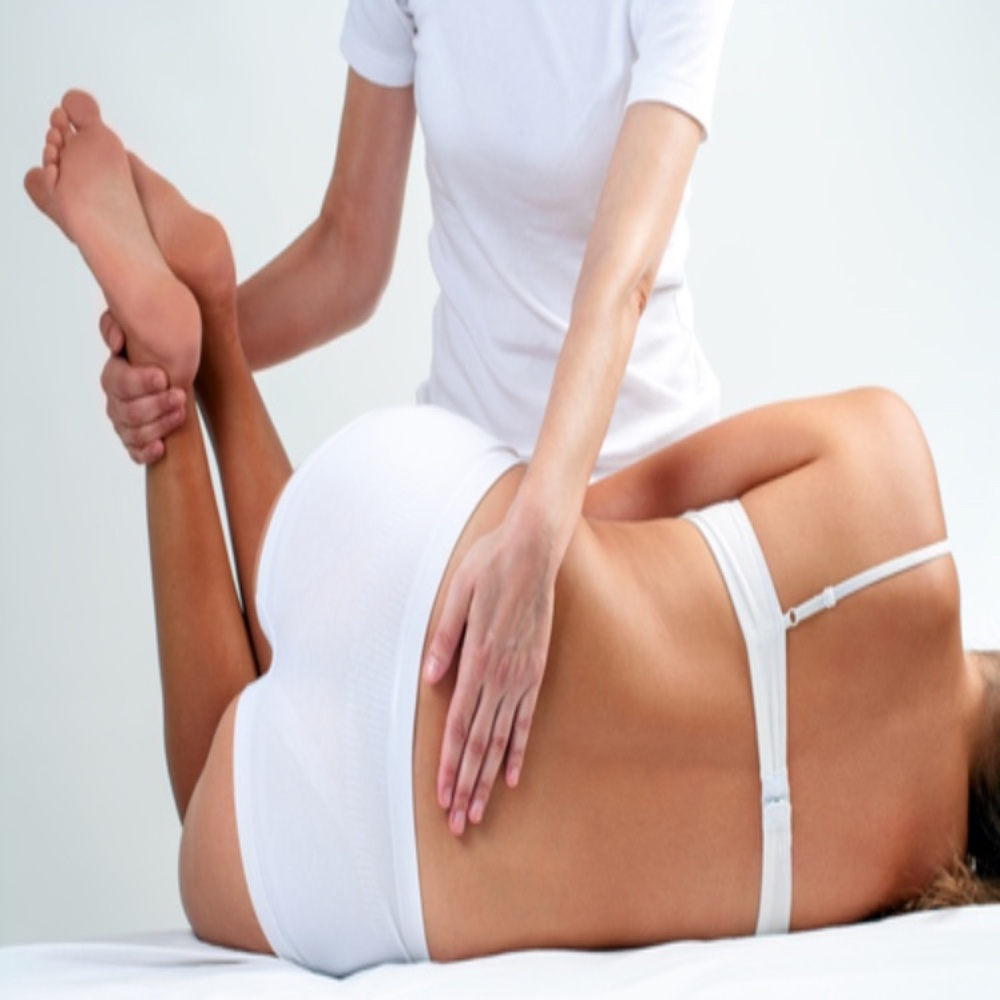Chronic low back pain (LBP) is defined as symptoms persistent for more than 6 months. There are a few people who may become incapacitated with Chronic LBP
Depression, job dissatisfaction, and medico-legal issues involving financial compensation predispose a patient to suffer long term. Several studies have shown that the longer a patient is absent from work, the less likely he or she will return to work. Furthermore, a small percentage of patients will develop persistent, disabling LBP resulting in immense costs to society.
If you are experiencing Chronic Back Pain, there are some important steps you can take to manage your pain:-
- As with Acute LBP - if you haven't been given a proper diagnosis - make sure you get one!
- Book a Consultation with one of our Osteopaths (even if you've been told that you'll just have to 'put up with it' there ARE coping methods that you may not have heard of
- Listen to the advice given after your 'Postural Assessment'
- Try to do the exercises prescribed for you but mention any that you find difficult so they can be adapted
- Discuss other coping mechanisms such as 'Relaxation Programmes', 'Stress Management Programmes' and talking therapies such as 'Cognitive Behavioural Therapy' (CBT)
- Our Osteopaths will also want rule out other issues such as Depression, which can make any pain you may be experiencing feel much worse. If Depression is an issue our Osteopaths can help you get the treatment you need.


